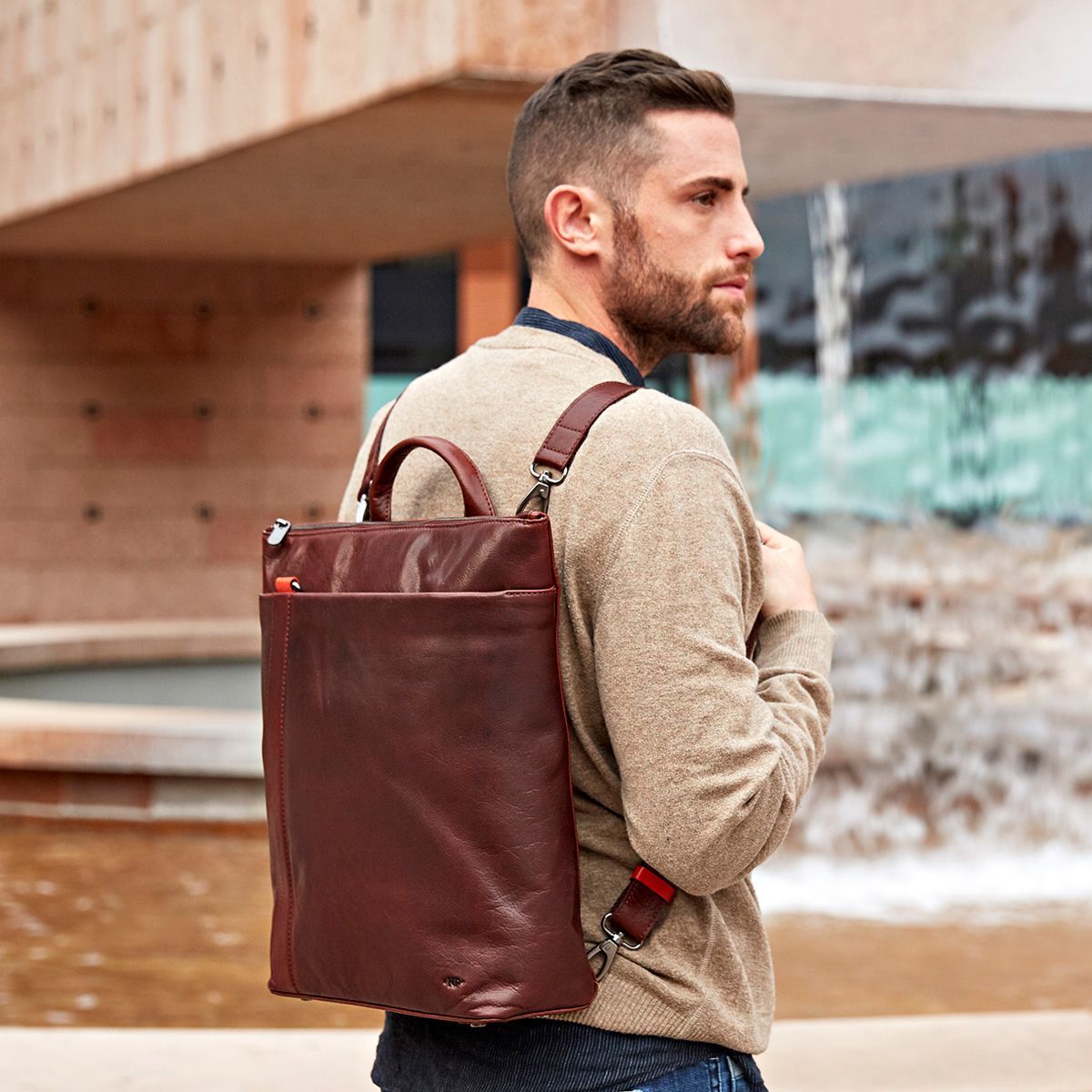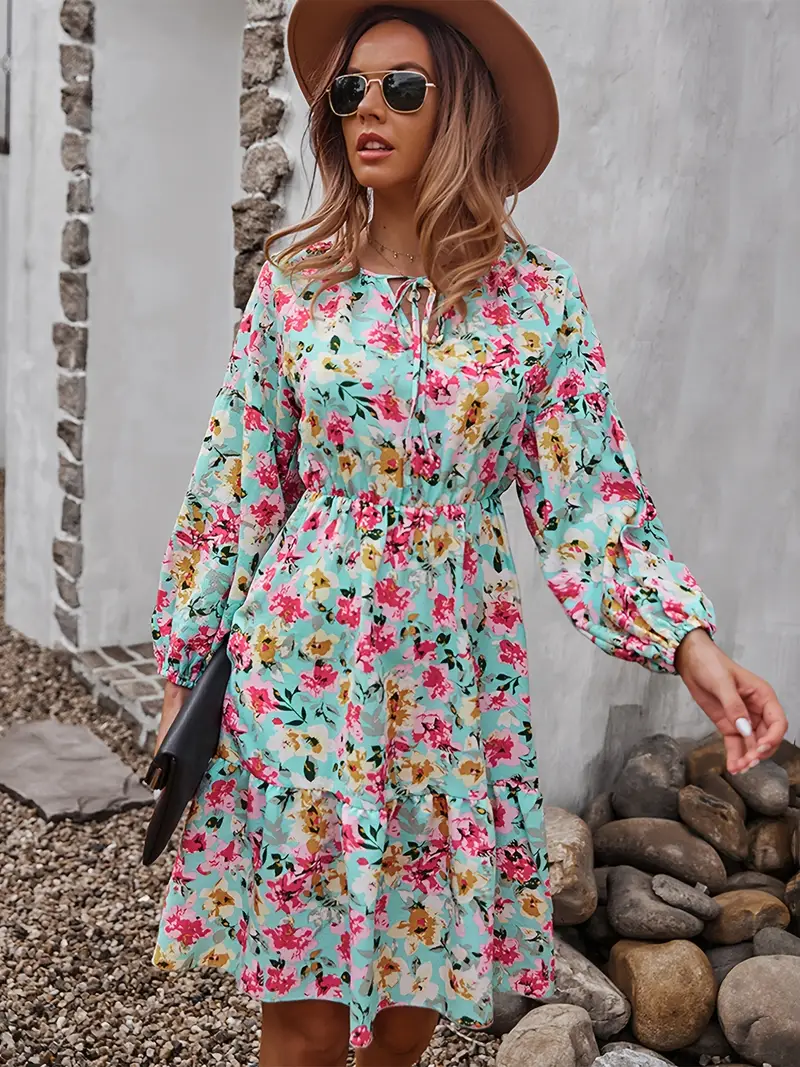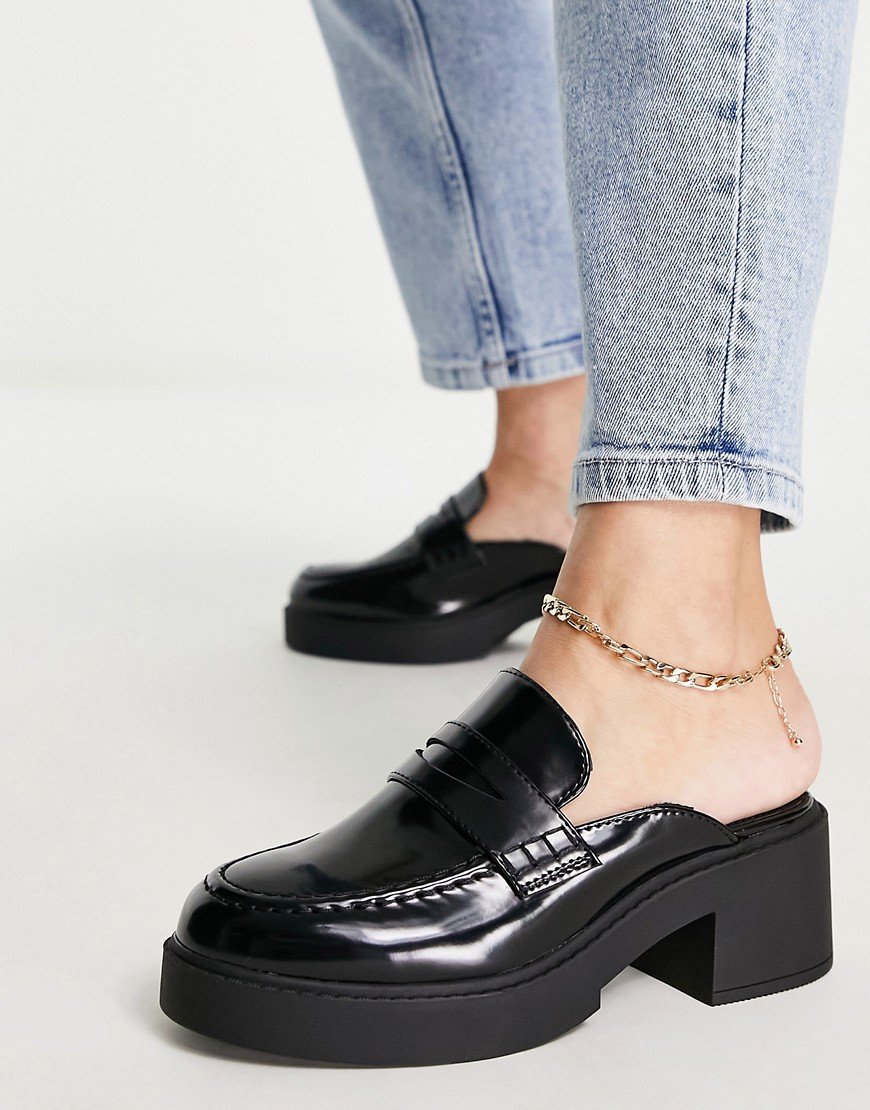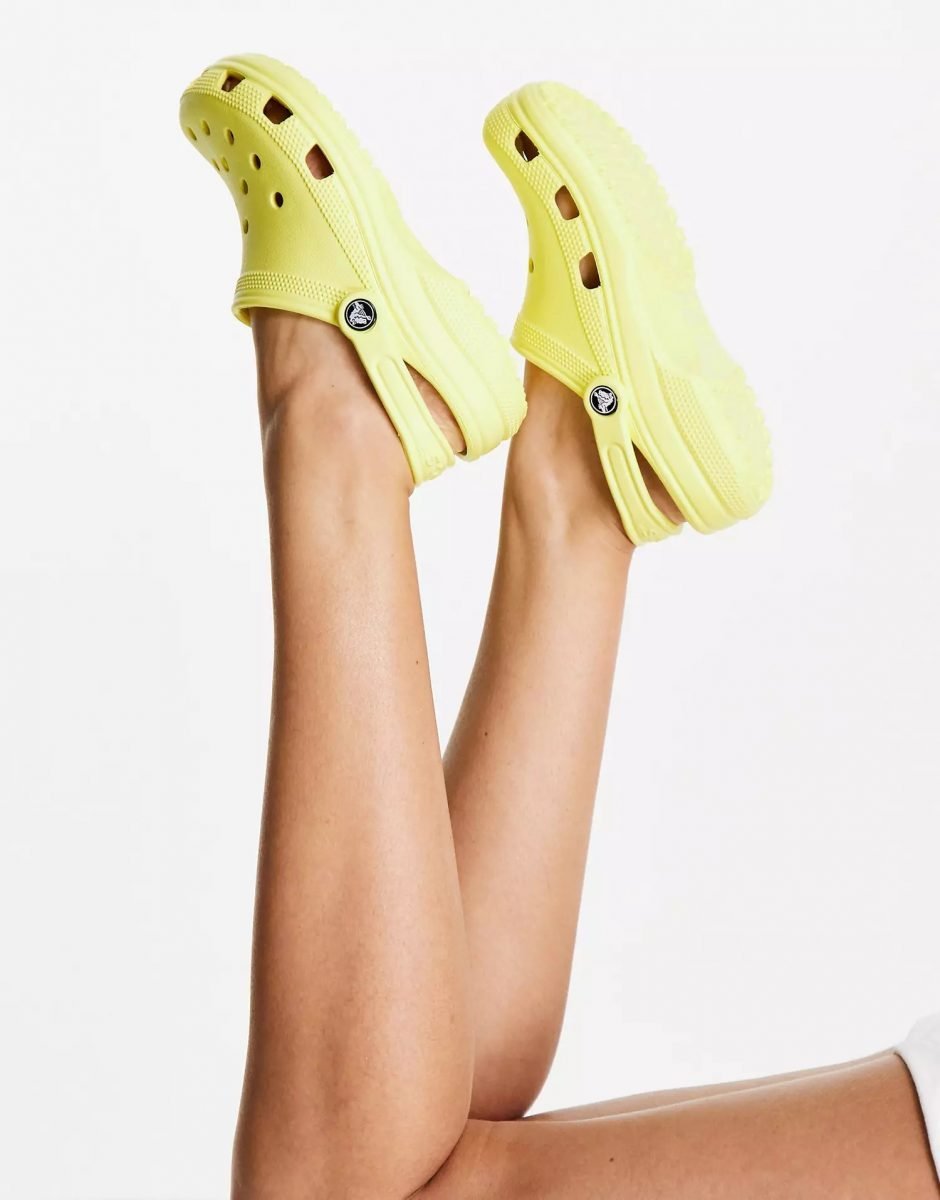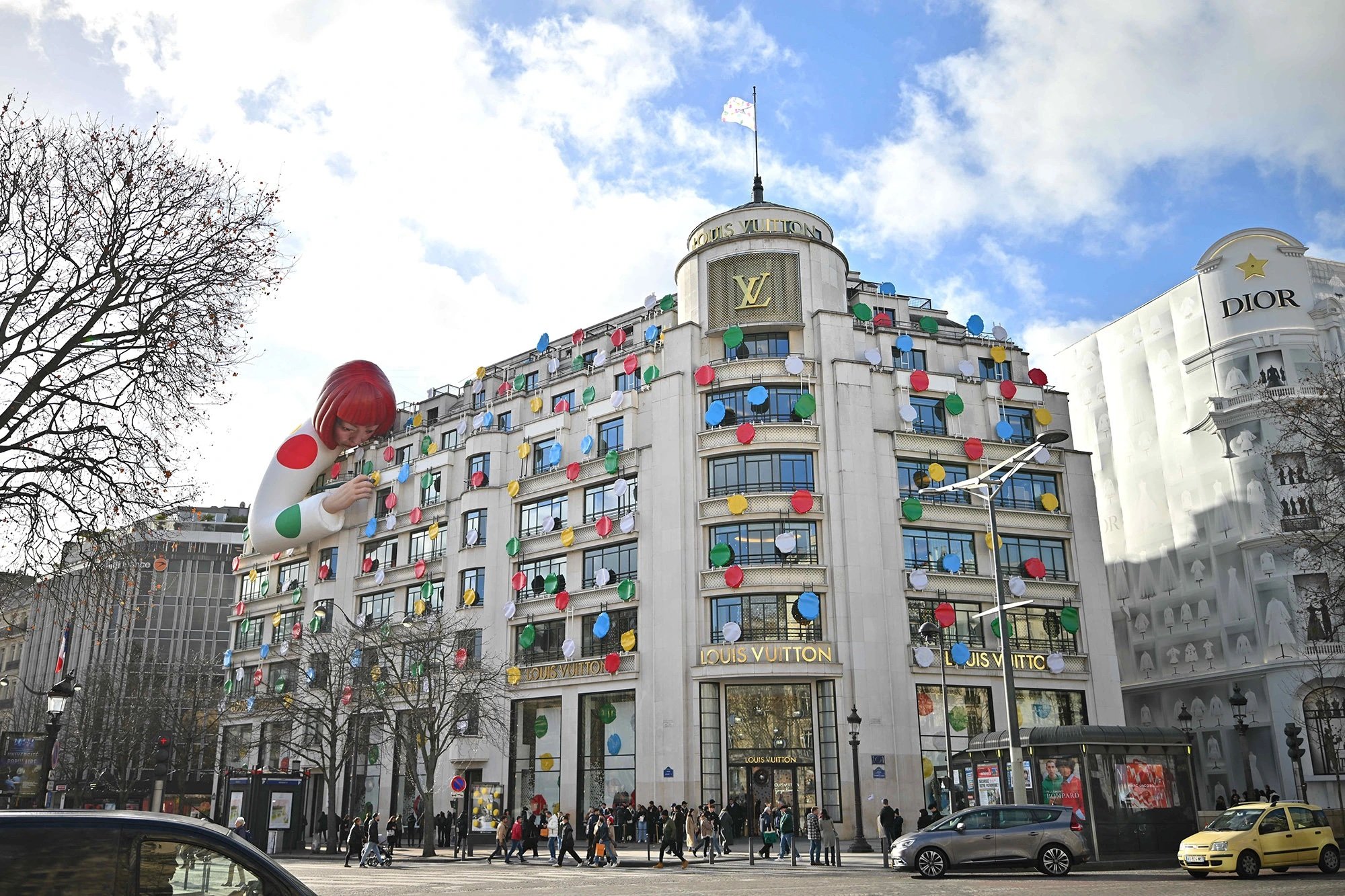
Why Luxury Marketing is Betting on Experiential Strategies?
Artistic exhibitions in the arteries of the capital, concept stores, trendy ambassadors, marketing campaigns disguised as concerts… In recent months, we have observed a twist in luxury marketing strategies. With a questioning more present than ever on the world of influence, and the emergence of anti-influencer movements, fashion houses are revising their communication axis to remain strong in this transitional period, and to find new levels to reach their target and seduce them with activations rooted in the experiential. Analysis of a new vision of luxury marketing that seems to be effective.
How does anti-influence shake up the codes of luxury marketing?
Not a day goes by without questions about social networks and influencers/content creators emerging. Recently, the vision of influence, and the words of those connected to it, has been consistently questioned. A lack of honesty is being felt, affecting the engagement of brand targets, with buyers turning their gaze away from this type of content, which is important for a house’s radiance.
This lack of trust is fueled by the degraded image of the world of influence in recent months, notably because of certain profiles promoting ineffective or even dangerous products. Moreover, press trips completely contradicting current environmental issues only worsen the positioning of influence, right now in the middle of discussions to regulate its uses.
These red flags tarnish user engagement towards these accounts, with interest declining. Also, algorithms, especially those of Instagram, are increasingly making activity unstable, with numbers, once gold for brands, now becoming insignificant.
While content creators with impressive numbers were directly in the sights of luxury brands some time ago, as essential spokespeople for the houses’ marketing strategies, now, these brands must rethink their communication and luxury marketing to remain effective in the face of this lever’s loss of power.
Which profiles are now of interest to brands?
Initially, facing this diversion of interest from content made by influencers for brands on networks, houses have rethought their visibility on this communication channel by designing new advertising campaigns thought to continue to reach their target at this level. Especially since their target is increasingly refined towards Gen Z, for whom communication is primarily through networks.
Thus, the houses have come to rethink their positioning, partly, in a fashion more in tune with current issues and the values of this new generation. While using its codes, to attract and retain it.
For this, we have observed the use of nostalgic marketing, which has proven effective and continues to be exploited with each new collection, to surf on the emotional side of the target, and encourage purchases.

On the other hand, the roles of ambassadors have been rethought, taking strong figures for Gen Z. Notably with profiles rooted in pop culture, with members of K-pop groups, like at Dior, trendy actors like Adidas alongside Jenna Ortega, or even chameleon figures, like Emma Chamberlain recently becoming the Lancôme muse.
With well-thought-out luxury marketing campaigns, the houses manage to maintain interest in their universe, and compensate for the decrease in effectiveness of influencers and sponsored content.
Why is art developing in luxury marketing strategies?
Although communication on networks represents one of the fundamental pillars of luxury marketing, all the more so in view of the brands’ target inseparable from platforms like Instagram and TikTok, the houses are coupling this channel with activations in the real world.
One of the weaknesses, which is felt on networks, is the lack of reality, authenticity, and isolation behind a screen. For this, fashion houses, have seen rightly by rethinking their luxury marketing by anchoring it in the real world, and by recreating links with their clientele, well beyond the in-store experience.
This is how the houses have developed an eventual side to their luxury marketing strategy, with happenings creating strong moments, visible just as much for people not following the brands on networks. Installations that get talked about and that bring a spectacular side to the brands by developing their image, not just as a simple fashion house, but as a true 360° art factory.
We have recently observed several activations anchoring in this model, and giving museum vibes to various major cities. At the beginning of this year, Loewe, surrounded by communication agencies L’Alternative and Publicis media, came to place several artistic installations in the capital in echo with its latest collection in collaboration with Studio Ghibli. A way of communicating in XXL version, and which allows the brand to attract different gazes, both from regular customers and new curious ones.



The same process was used by Louis Vuitton, which, it must be said, literally thought big by installing a giant statue of the Japanese artist Yayoi Kusama in front of its Parisian HQ. After a first collaboration presented in 2012, the artist once again enveloped the house’s pieces in her dots, and more. The house’s addresses were also wrapped in them. Rue Montaigne, Place Vendôme, Pont Neuf… The facades were dotted with colorful dots leading the fabrics of the 2023 cruise collection by Nicholas Ghesquière, in reference to the first collaboration with Marc Jacob.



Shop designs were complemented, initially, by an inflatable structure in the likeness of the artist painting her dots and resting on the roof of the Champs-Elysées address. Then, at Place Vendôme, her robotic counterpart drew dots in a showcase under the gaze of passersby. Since March, it’s at the rue du pont Neuf address that we see her statue, facing the Samaritaine and its thousands of tourists and fashion enthusiasts flocking there. A strategic location. A 15m statue also took up residence at Harrods in London. Parallel to these activations, the brand also launched an online game.
How does the experiential feed luxury marketing?
In parallel with these installations, fashion houses are rethinking the customer experience by working their experiential presence. The house of Dior particularly illustrates this new axis, with the creation of various pop-up stores around the world challenging the creativity of set designers in the approach to presentation spaces for its products. From Los Angeles to Tokyo, passing through the Lake Songhua Resort ski station in China, the house continues to rethink the concept of the pop-up store with a modern and astonishing eye.



In the midst of the slopes, the house brought to life the iconic Avenue Montagne address, entirely made of ice, and in which the iconic pieces of the house were also sculpted. A café, as well as a shop, were attached to offer a unique experience to customers.
On the west coast, the French house settled on Melrose Avenue, with pop-ups imbued with the universe of Kim Jones and the DNA of the ERL brand with which its spring-summer 2023 men’s collection was designed. California vibe corners, accompanied by a café, nodding to its Paris address.
How does luxury marketing rethink the structure of boutiques?
We observe more and more houses developing their presence through experiential luxury marketing, with concept stores offering both spaces for exhibition and purchase, and museum corners to immerse the client in its history, as at the Dior Gallery. And, to play on the senses and prolong the immersion, cafes and tea rooms are developing at a rapid pace.
This, both permanently, as with Yves Saint Laurent Rive Droite, which has its café corner, from which everyone leaves with a cup of intense black branded with the name of the house. Or, in the style of Louis Vuitton and its LV Dream, for whom the limited-time aspect creates the event. A dive into the world of the house, through a creative retrospective, café, chocolaterie, and shop presenting both ready-to-wear and lifestyle products, which are becoming increasingly popular.


We are thus observing, at the moment, a renewal in the luxury marketing of houses. Everyone is having their creativity challenged, and rethinking their habits to counter the questioning of certain channels and to continue impacting their target. An opportunity for houses to reinvent themselves and offer novelty to their customers, in order to continue retaining them. It is thus interesting to see how brands will evolve and position themselves in the coming months.
Photos: Pinterest
